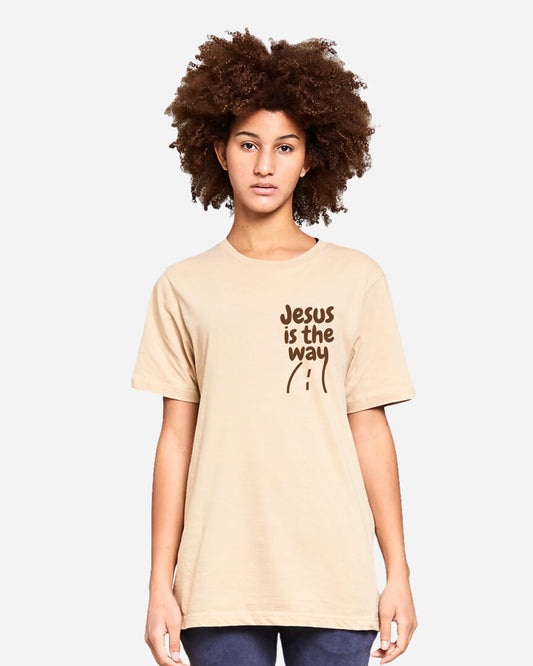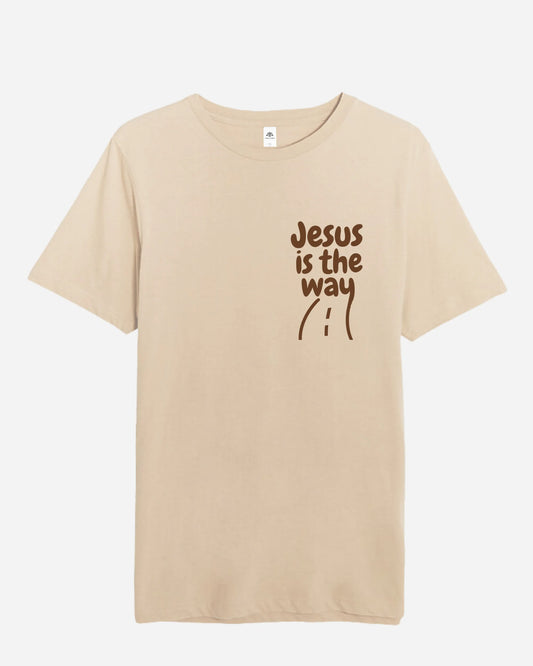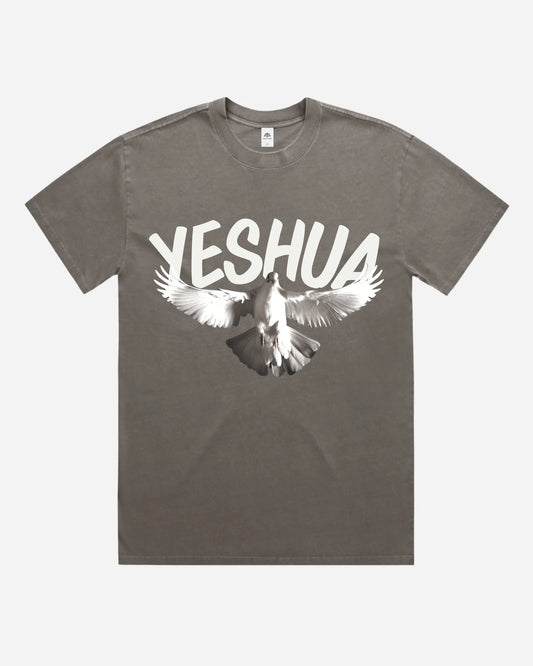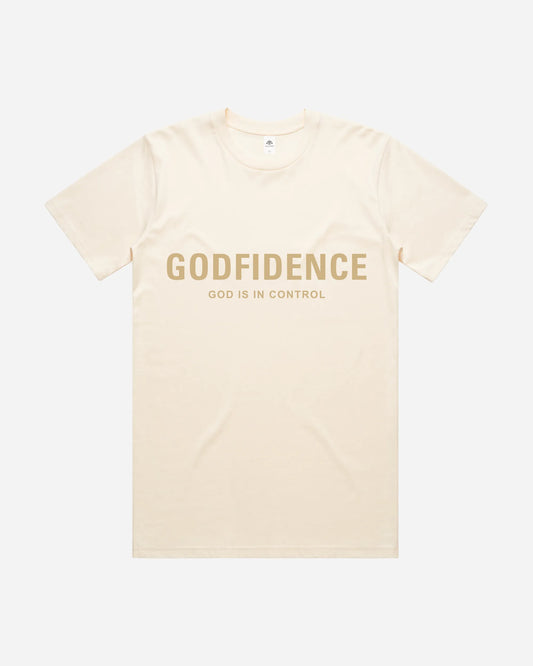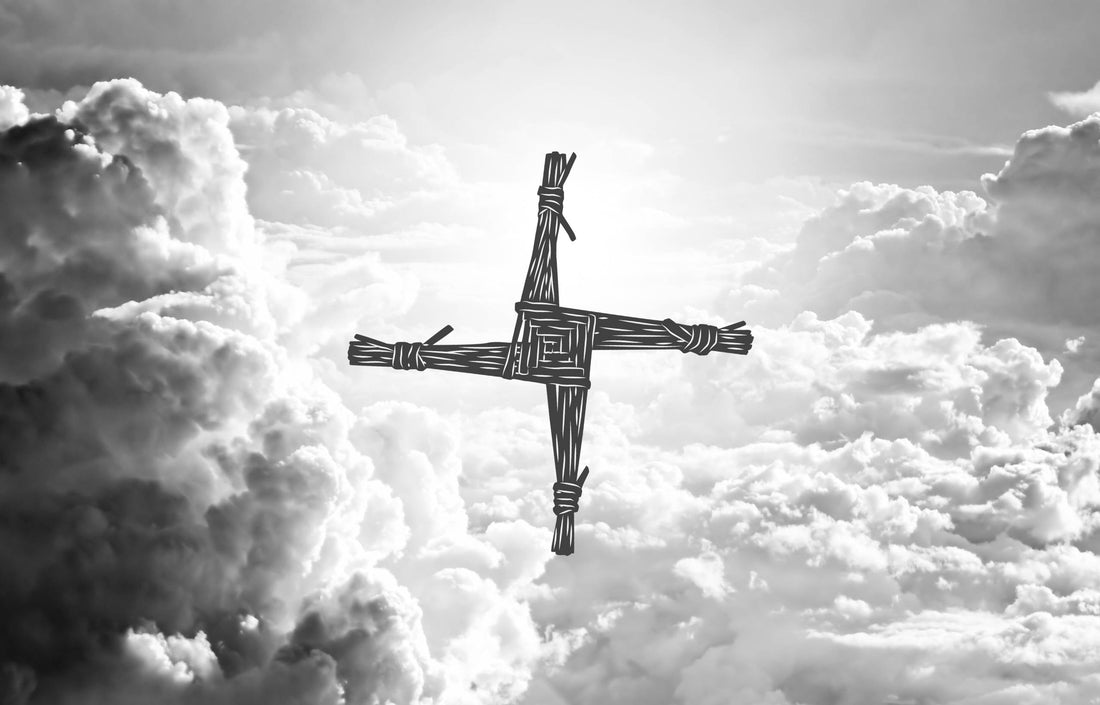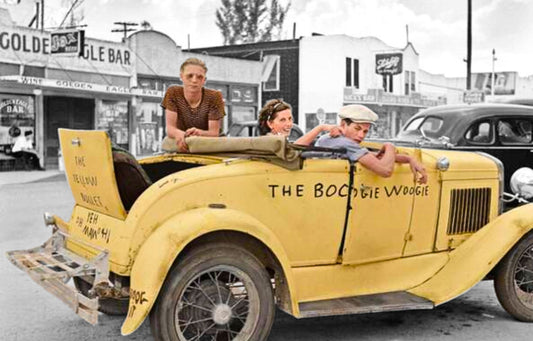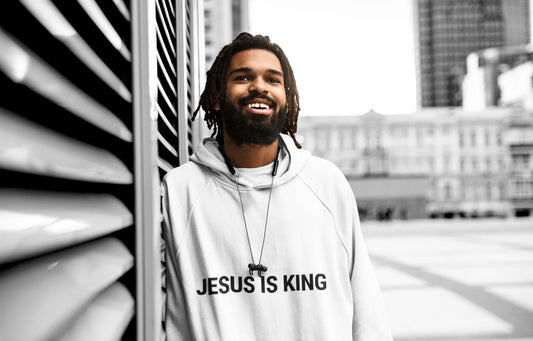Table of content
Saint Brigid’s Cross is a Christian & traditional Irish symbol dating back to the 5th century, woven from rushes or straw, forming a square center with four radially positioned arms. It’s most commonly made on February 1st, St. Brigid’s Feast Day, and coincides with the ancient Celtic festival Imbolc, celebrating the return of spring.

Often confused with a Celtic solar symbol, the cross has become an emblem of Irish Christian symbol of faith, peace, and hospitality, and the spiritual legacy of St. Brigid of Kildare, Ireland’s beloved 5th-century abbess. You’ll find it:
- In Irish homes above doorways
- On Catholic and Anglican school crests
- In Irish-American churches and cultural centers
- As a logo in charities like Brigidine Sisters
The Historical Origins of the Saint Brigid Cross
Pre-Christian Roots
The tradition of weaving St. Brigid’s Cross on February 1st has deep roots in Irish folklore and seasonal ritual. The date aligns with Imbolc, from the Old Irish i mbolg (“in the belly”), a pre-Christian festival celebrating fertility, light, and the end of winter.
Scholars suggest that early Christians adapted Imbolc customs into Christian practice, giving rise to Brigid’s feast day. The cross was often hung above doorways and windows to protect homes from fire, famine, and evil (MacNeill, 1962).
Imbolc is one of the clearest examples of syncretism between pagan and Christian traditions.
The Legend of the First Cross

When Christianity spread through Ireland, early missionaries absorbed Imbolc into St. Brigid’s feast day, turning the pagan celebration into a liturgical one.
The most well-known origin story involves St. Brigid weaving the cross from rushes while comforting a dying pagan chieftain. As she spoke to him about Christ, she crafted the cross, and the man, moved by her peace and wisdom, converted before his death. “The weaving of the cross was more than an act of faith—it was a pastoral moment, a tender gesture of spiritual care.” – Oxford Companion to Irish History
This tale continues to be told in Irish classrooms and homes, reinforcing the cross’s role as a bridge between faiths and eras.
The Christianisation of Brigid reflects a process of syncretism—absorbing local customs into emerging Christian traditions.
St. Brigid of Kildare: Woman, Saint, and Monastic Leader

St. Brigid of Kildare (also known as Ffraid, Brigit, Brigid, or Bride) lived during the late 5th century, and is believed to have been born in 453 AD in Faughart, County Louth, around the same time as St. Patrick.
She was the daughter of a nobleman and a bondwoman, and founded the monastery of Kildare, which became a major center of Irish Christianity. Remarkably, Kildare was a double monastery—housing both men and women—with Saint Brigid as its leader.
The Blended Identity: Goddess and Saint
Scholars like Lisa Bitel argue that Saint Brigid shares attributes with the pagan goddess Brigid, a deity of healing, poetry, and smithcraft. This overlap led to a hybrid identity where the saint inherited symbols, feast days, and traditions from earlier religious practices.
The Brigid of folklore merges seamlessly with the Brigid of theology.
A Feminist Theological Perspective
In feminist theology, Brigid represents female agency within early Christianity. She was a bishop in legend, a healer in lore, and a founder in fact—a rare combination for a 5th-century woman.
Symbolism and Theological Meaning

St. Brigid’s Cross isn’t just a folk craft—it’s a powerful theological symbol rooted in Christian belief and domestic ritual.
Protection and Blessing
Traditionally, the cross was:
- Placed in roofs and doorways for protection from fire
- Hung in barns to safeguard livestock
- Renewed annually, with old ones ceremonially burned
These practices reflect both Old Testament themes of threshold blessing (Exodus 12:7) and the sacramental worldview of Celtic Christianity.
Hospitality and Peace
Brigid is the patroness of hospitality, and her cross often symbolized welcome and shelter. In medieval Ireland, homes bearing her cross were expected to offer food and rest to travelers.
Cosmic Crossroads
The structure of the cross—with arms pointing in four directions—has been interpreted as a cosmic symbol, representing:
- North, South, East, West – creation’s completeness
- Earth, water, fire, air – classical elements
- The square center – God at the center of life
How St. Brigid’s Cross is Made
Made from Rushes or Straw
The traditional materials—rushes or straw—were chosen for their abundance in rural Ireland. These pliable, natural fibers were easily gathered from boggy fields or leftover from agricultural work (Logan, 1980).Even today, schools and community groups teach children how to make the cross by hand, especially leading up to Brigid’s Day. It’s not just an art—it’s a way of passing down cultural memory (Irish Times, 2021).
Step-by-Step Construction
- Gather 12–16 fresh rushes or straws
- Fold one straw in half – this is your center.
- Add a second straw, wrapping it around the fold at a right angle.
- Keep adding straws alternating directions, always wrapping them around the previous arm.
- Once all straws are added, tie the ends to secure each arm.
- Trim ends evenly and let it dry overnight.
The finished cross typically has four equal arms, but three-armed variants are also found, especially in Northern Ireland and parts of Connacht (Evans, 1957).
Variations St. Brigid’s Cross

St. Brigid’s Cross is not a single design but a diverse family of handcrafted symbols. While most people are familiar with the classic four-armed woven cross, the National Museum of Ireland has identified other major types:
1. Diamond (Lozenge) Cross
This is the most widespread version across Munster and Connacht. Two sticks are crossed to form a frame, and a central diamond is woven from straw.
Scholars have noted similarities between this diamond motif and both the Mexican “God’s Eye” and Eurasian “magic squares”—cross-cultural symbols often linked to protection and divine vision.
2. Swastika-Type Cross
This design features arms set at right angles, rotating outward from a central lozenge. It resembles a spinning wheel and may symbolize the sun or the “great wheel in the sky,” linking it to solar cults or ancient fertility rites.
Three-armed versions are especially common in parts of Ulster, where the rotation motif evokes the Celtic triskelion, a triple-spiral symbol representing cycles, motion, or trinities in pre-Christian belief.
3. Wheel Cross (St. Brigid’s Bow)
A rarer version, the wheel cross encloses the woven center fully within a circle. This evokes the ancient solar wheel, a motif shared across Indo-European cultures and frequently tied to the seasonal calendar or sun deities.
4. Interlaced Cross
Unlike other types with solid woven centers, the interlaced cross is made from rushes only, woven into a loose Christian cross shape with no distinct centerpiece. This version is especially common where rushes are more available than straw.
The Cross in Modern Ireland & Diaspora

With over 30.5 million Americans claiming Irish ancestry in 2023 (U.S. Census Bureau), it's no surprise that St. Brigid’s Cross has crossed oceans. From Boston to Brisbane, Irish communities maintain the tradition, weaving crosses and honoring St. Brigid in parish halls, Irish centers, and family homes.
Despite the rise of secularism, St. Brigid’s Cross remains widely used:
- 98% of Irish primary schools teach how to make it annually
- Over 150,000 crosses are sold or distributed globally each year
- It's featured in logos, such as that of RTÉ (Irish national broadcaster)
- Is worn as jewelry or printed on T-shirts and tattoos
Conclusion
The St. Brigid’s Cross stands as a symbol of Ireland’s unique capacity to merge faith, folklore, and culture. With renewed interest thanks to UNESCO recognition, educational programs, and cultural preservation, Brigid’s Cross continues to weave stories across generations and borders.
Whether hung on a cottage wall or crafted in a classroom, it whispers the same blessing: St. Brigid, protect this house and all who dwell within.

